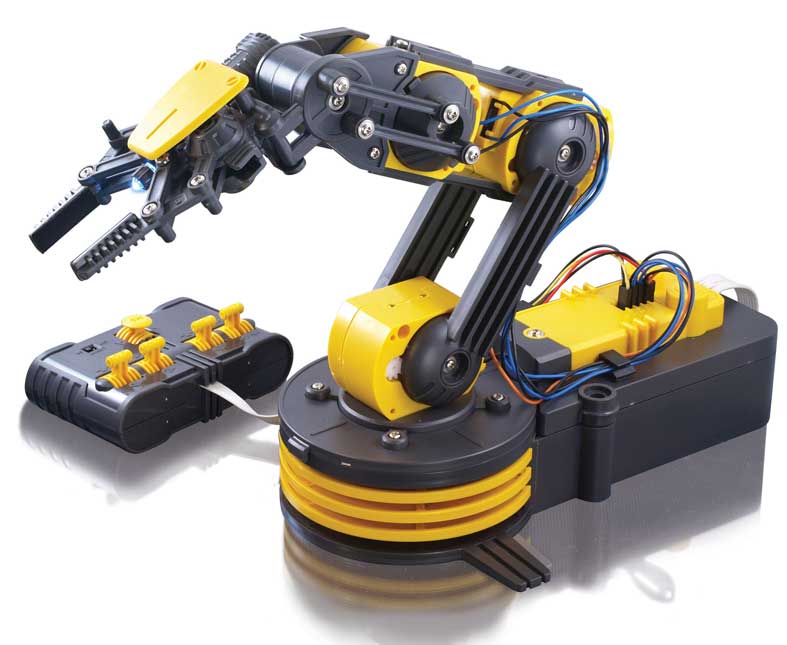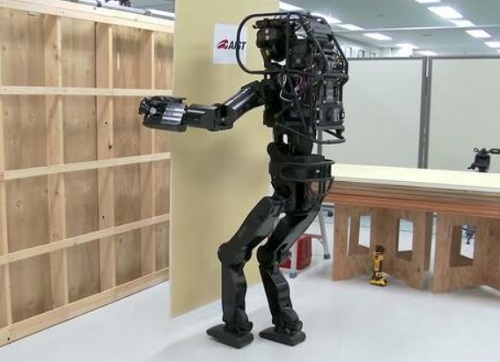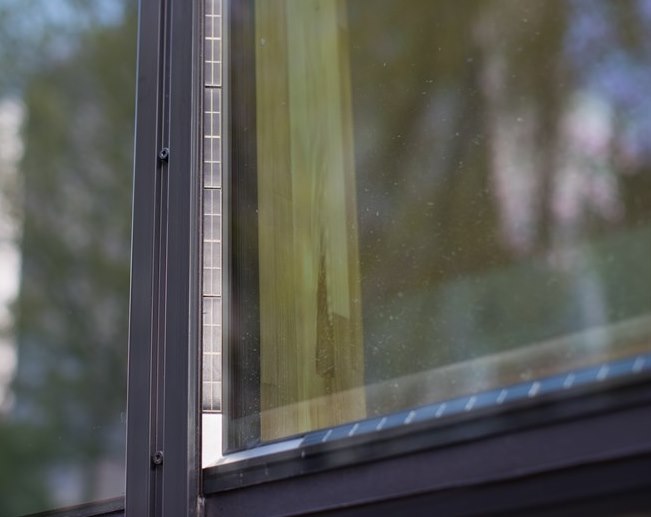3D printers can now print with GLASS
01/01/2019 / By Russel Davis

New 3D printing technique may now allow printing of tiny, complex glass structures, a study revealed. Objects that were 3D printed were usually made of polymer. However, the unique optical and physical properties of glass make it an ideal printing material, the researchers said. As part of the study, researchers at the Karlsruhe Institute of Technology in Germany developed a new printing technique using fine glass powder. During the printing process, fine glass powder was suspended in a liquid and a standard 3D printer. The researchers then used acid to etch fine details onto the glass. Next, the glass powder was heated to temperatures reaching 1,300 degrees Celsius (2,372 degrees Fahrenheit) to burn excesses and retain tiny glass particles that melt together.
According to the study lead author Dr. Bastian Rapp, developing custom-made structures from high-purity glasses proves to be challenging as they require extreme temperatures and potentially hazardous chemicals. However, the new method helped address this through the use of free-flowing silica nano-composite known as liquid glass. This material was then exposed to extreme heat in order to come up with fused silica glass structures of optical quality. The structured developed were smooth and transparent, and contained minute features as small as a few tens of micrometres.
The study’s lead researcher confirmed that two methods have previously shaped glass in a 3D printing process using soda lime glass exposed to temperatures reaching around 1,000 degrees Celsius (1,832 degrees Fahrenheit). The resulting structures featured high surface roughness. However, the new technique was able to develop structures with sufficient clarity and reflectivity, the lead researcher said.
“Glass is one of the most important high-performance materials used for scientific research, in industry and in society, mainly owing to its unmatched optical transparency, outstanding mechanical, chemical and thermal resistance as well as its thermal and electrical insulating properties. However, glasses and especially high-purity glasses such as fused silica glass are notoriously difficult to shape, requiring high-temperature melting and casting processes for macroscopic objects or hazardous chemicals for microscopic features. These drawbacks have made glasses inaccessible to modern manufacturing technologies such as 3D printing,” said Dr. Rapp in an article in Daily Mail.
The new technique’s output can be used in a variety of optical applications such as high-end lenses and filters, the researchers said.
“This work widens the choice of materials for 3D printing, enabling the creation of arbitrary macro and micro structures in fused silica glass for many applications in both industry and academia. This process makes one of the oldest materials known to mankind accessible to modern 3D printing techniques,” Dr. Rapp added.
The findings were published in the journal Nature.
MIT experts use molten glass in 3D printing
A team of researchers at the Massachusetts Institute of Technology have previously developed a 3D printer in 2015, which has the capacity to extrude molten glass. The new printer, called G3DP, was a first of its kind that made use of an ancient glass making technique incorporated into modern technology.
This 3D printer used a method called annealing process. The process involved slowly cooling down the molten glass to room temperatures set in specific, controlled fashion. This rid the material of built-in stresses that could result in spontaneous breakage. The researchers initially used propane torches, but this resulted in glass breakage. However, the addition of a heated annealing chamber to the 3D printer helped ensure a controlled and consistent temperature.
“The lower chamber acts as an annealer: it keeps the glass warm and it cools it down slowly to release the stresses,” said researcher Giorgia Franchin in NewAtlas.com.
Learn more about the latest scientific breakthroughs at Scientific.news.
Sources include:
Tagged Under: 3D printing, future tech, future technology, glass, lime, powdered glass, silica, weird science



















